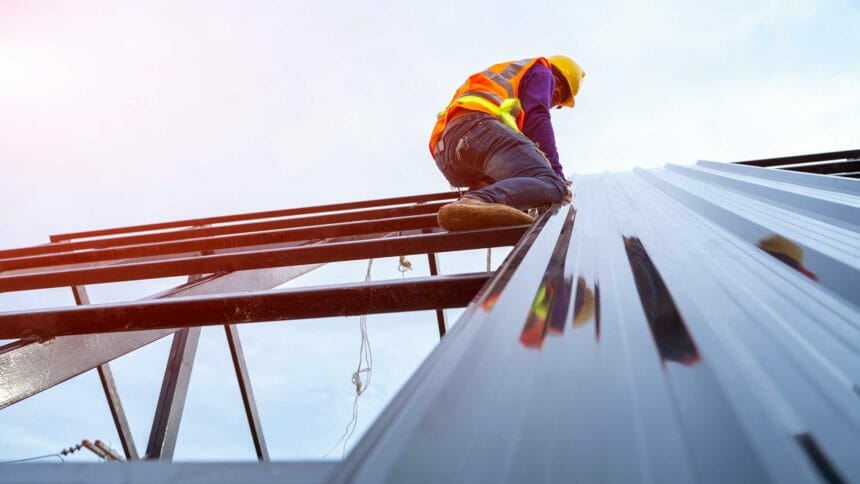
The labor shortage in construction isn’t going away any time soon. In fact, it is expected to intensify over the next six months, Bisnow reported.
“The next six months will be like the last six months, only worse,” Associated Builders and Contractors Chief Economist Anirban Basu told the media outlet. “After accounting for inflation, construction spending has likely fallen over the past 12 months. As outlays from the infrastructure bill increase, construction spending will expand, exacerbating the chasm between supply and demand for labor.”
Cost inflation continues to be a hot topic and a “strategic challenge” in senior living construction, Tad Melton, managing director at Ziegler, said earlier this month at a webinar hosted by the specialty investment bank.
“With respect to projects, from a financial feasibility standpoint, we’re spending a lot of time with our clients because construction has inflated at a pretty good rate the past couple of years. It kind of preceded some of the general inflation that we have,” Melton said.
There are roughly 25% more unfilled construction positions than hires, said Nick Grandy, a construction and real estate senior analyst at the consultancy RSM told Bloomberg. He compared the current labor situation to the early days of the pandemic, when a shortage of toilet paper flooded the market with desperate shoppers.
Some companies are considering prefabrication as a possible mitigation strategy, because there is no scaffolding to build, and the windows already are installed. This is according to Chris Harrison, executive vice president and general manager of The Weitz Co., a construction company, general contractor, design builder and construction manager, who spoke at the Ziegler webinar. Additionally, less on-site labor is required.
Wage pressures
Wages will necessarily increase, Grandy said, due to high demand for workers.
“We’re going to see jobs that were predicted to cost $500 million end up costing $600 million, because you’re going to need to pay people more,” he said.
The rising age of skilled construction workers poses another problem for the industry, the experts said. About a fifth of construction workers are over the age of 55 and will be eyeing retirement, which will exacerbate the shortage moving forward.
Grandy told Bloomberg that over the next eighteen months or so, he believes labor issues will become the driving force for construction cost increases. The unemployment rate is low, and workers are in high demand. The current immigration shortage also significantly reduces the amount of talent that can readily fill empty jobs.
Room for optimism
Still, some economists are optimistic about construction recovery, even in the face of the reduced availability of construction labor. The interest in new campus development from senior living providers and developers is significantly higher year over year. This despite commodity and supply chain challenges, rising interest rates and increased construction costs, according to a spring market report released earlier this month by The Weitz Co.
Construction activity eventually will slow down, but the industry is working through pent-up demand from the pandemic, the experts from Weitz said. Operators and developers are shifting their focus away from simply surviving the pandemic to planning ahead.


